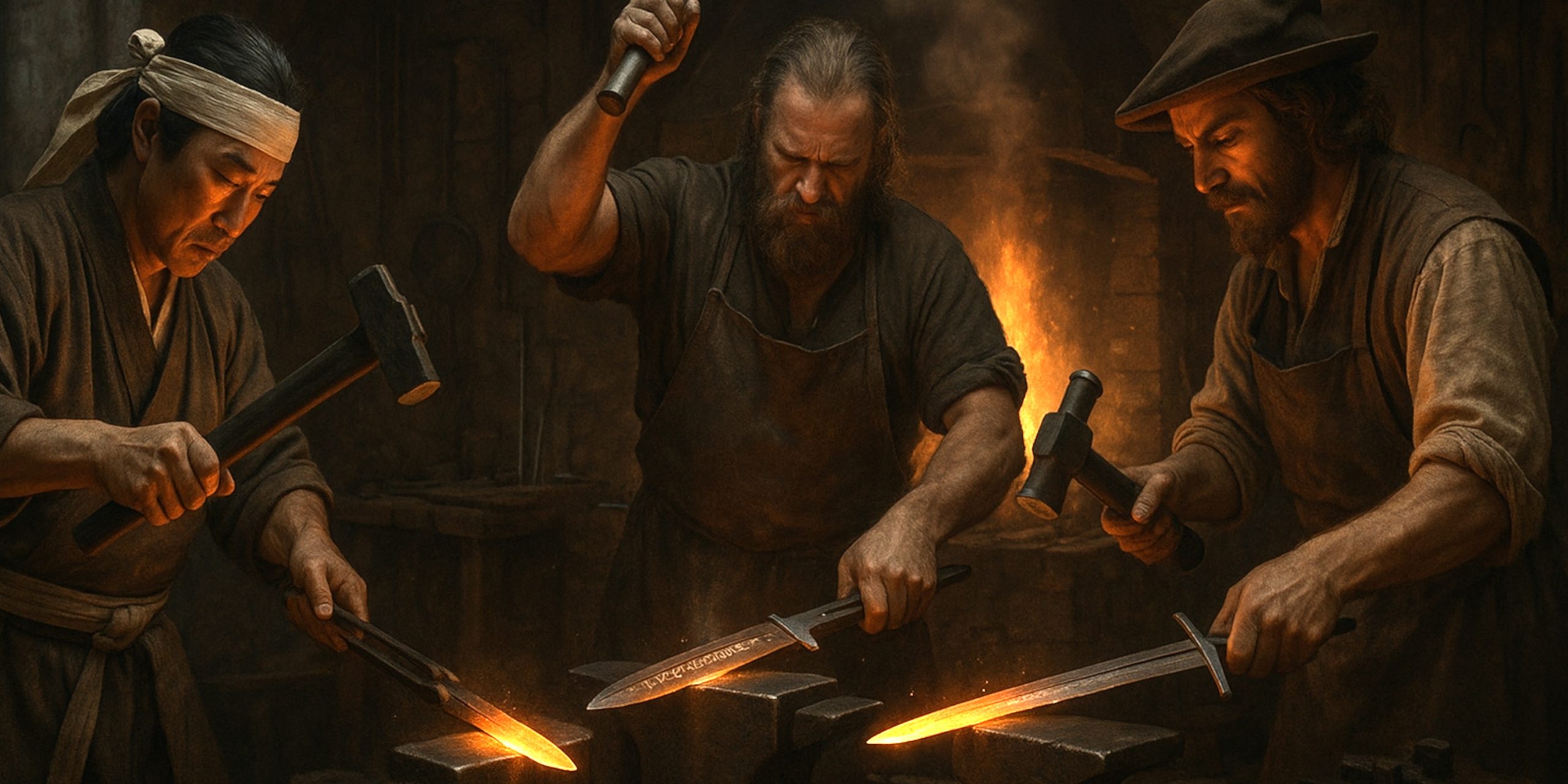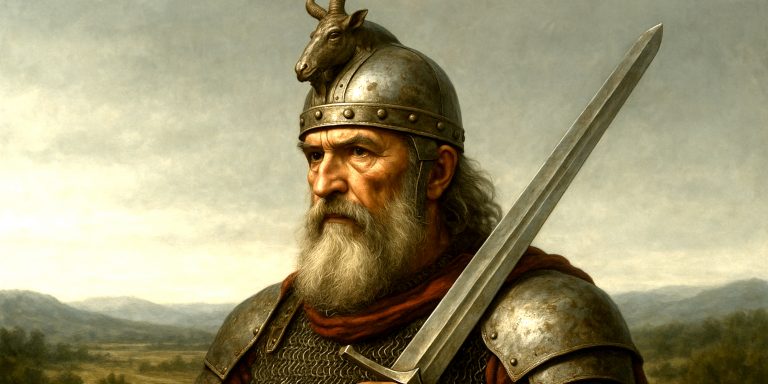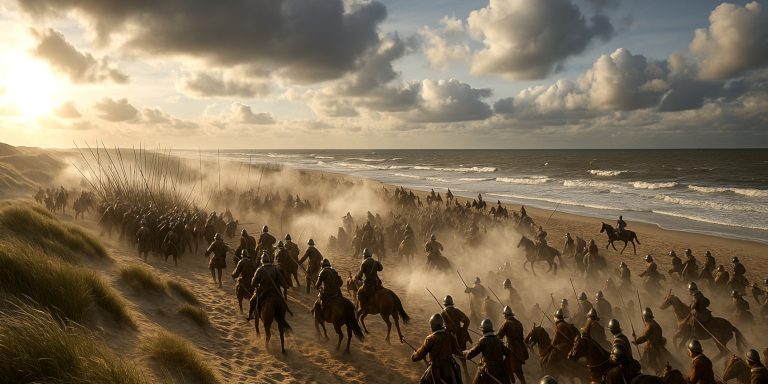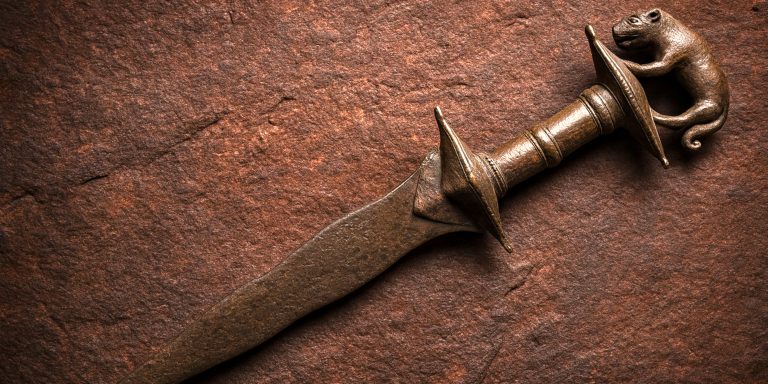
Sword-making has been both an art and a science for centuries. The finest blades in history were forged by master craftsmen whose work combined metallurgical skill, cultural tradition, and personal artistry. Many of their swords were not only battlefield weapons but also symbols of status, heritage, and technological innovation.

1. Masamune (Japan, late 13th to early 14th century)
Often regarded as Japan’s greatest swordsmith, Masamune’s work set the benchmark for the katana. His blades were famed for their flawless temper lines and extraordinary sharpness. Surviving examples are rare and highly prized, often held in museums or imperial collections.
2. Muramasa (Japan, late 15th to early 16th century)
Known for creating exceptionally sharp and durable swords, Muramasa’s work gained a reputation for being almost supernatural. Legends claimed his blades had a bloodthirsty nature, which added to their mystique. Despite the myths, his skill in producing functional and finely balanced weapons is undisputed.
3. Ulfberht (Frankish Empire, 9th to 11th centuries)
The name “Ulfberht” appears on some of the finest Viking Age swords ever discovered. These blades were made from high-carbon crucible steel, centuries ahead of European metallurgy at the time. Each was stamped with the maker’s name, a mark of quality recognised across Europe.
4. Gorō Nyūdō Masamitsu (Japan, 14th to 15th century)
A key figure in the Soshu tradition, Masamitsu was celebrated for blending strength with refined aesthetics in his swords. His works often displayed intricate hamon (temper patterns) and were sought after by samurai of high rank.
5. Andrea Ferrara (Italy/Scotland, 16th century)
A legendary maker of high-quality Scottish basket-hilt broadswords, Andrea Ferrara was reputedly an Italian craftsman who relocated to Scotland. His blades were known for flexibility and resilience, often marked with his name as a sign of quality.
6. Amakuni Yasutsuna (Japan, 8th century)
Traditionally credited as the creator of the first single-edged Japanese tachi, Amakuni’s innovations influenced the development of the katana. Although historical records are scarce, his name endures in Japanese sword lore.
7. Kotetsu (Japan, 17th century)
A master swordsmith of the Edo period, Kotetsu’s work was renowned for its cutting ability. His blades were so valued that they were often copied, making authentic examples rare and highly collectible today.
8. Heinrich Henckels (Germany, 17th century)
Henckels is best remembered for producing exceptional rapiers and sabres during the height of European sword duelling culture. His work combined elegance with functional lethality, appealing to both noblemen and professional soldiers.
9. Gorō Nyūdō Masahide (Japan, 18th century)
Masahide revitalised traditional techniques at a time when sword-making was in decline due to the peaceful Tokugawa era. His blades showed exceptional craftsmanship and he also trained a new generation of smiths, preserving the art form.
10. Master Smiths of Toledo (Spain, various centuries)
Rather than one individual, Toledo’s reputation rested on generations of smiths who perfected a process of combining hard and flexible steel. Swords from Toledo were famed across Europe for their balance and resilience, influencing military and ceremonial weapons for centuries.
Legacy of the Master Swordsmiths
| Swordsmith | Period | Location | Most Famous Blade |
|---|---|---|---|
| Masamune | Late 13th – Early 14th century | Japan | Honjo Masamune |
| Muramasa | Late 15th – Early 16th century | Japan | Muramasa Katana |
| Ulfberht | 9th – 11th centuries | Frankish Empire | Ulfberht Sword |
| Gorō Nyūdō Masamitsu | 14th – 15th century | Japan | Masamitsu Katana |
| Andrea Ferrara | 16th century | Italy / Scotland | Ferrara Basket-Hilt Broadsword |
| Amakuni Yasutsuna | 8th century | Japan | First Tachi |
| Kotetsu | 17th century | Japan | Kotetsu Katana |
| Heinrich Henckels | 17th century | Germany | Henckels Rapier |
| Gorō Nyūdō Masahide | 18th century | Japan | Masahide Katana |
| Master Smiths of Toledo | Various centuries | Spain | Toledo Steel Sword |



